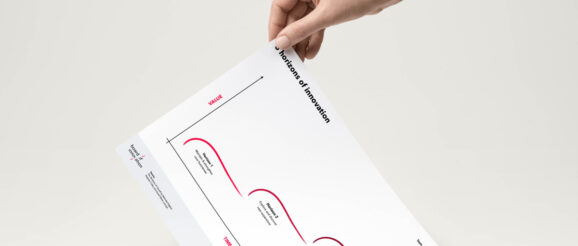Examples of innovations that make us question the 3 horizons model – Board of Innovation

Horizon 2 innovations take 2-5 years to generate results and are traditionally characterized by expanding an existing business proposition or product. Innovations on this horizon could be an existing idea copied into a new market; an idea which has been proven in principle but takes some time to validate and adapt laterally.
Google’s Soli sensor is an entirely new technology that was validated and launched around the 5-year mark, rather than in 5-12 years as the horizon model would suggest.
The sensor detects the minutiae of human motion at a new level of precision and in any light condition, enabling users to interact with the virtual world without touch, only hand gestures.
The Soli sensor has been used in the real world with the Google Pixel 4 smartphone. Each phone will contain a Soli radar chip to offer faster face unlock, whilst using hand motions to skip tracks, silence alarms, and make phone calls.
But the Soli sensor has a much broader application thanks to its sheer speed and responsiveness. This innovation has the potential to change how humans interact with technology. Think twisting finger motions to change speaker volume, holding up your hand to stop a song from playing, or tapping your thumb and index finger together to press a button.
And next in the pipeline, the Soli sensor could perform tasks such as compass orientation, counting and monitoring home items, and even remote surgery.
It’s a prime example of how a longer horizon can apply to heavily regulated industries even when it comes to repurposing existing technologies.
